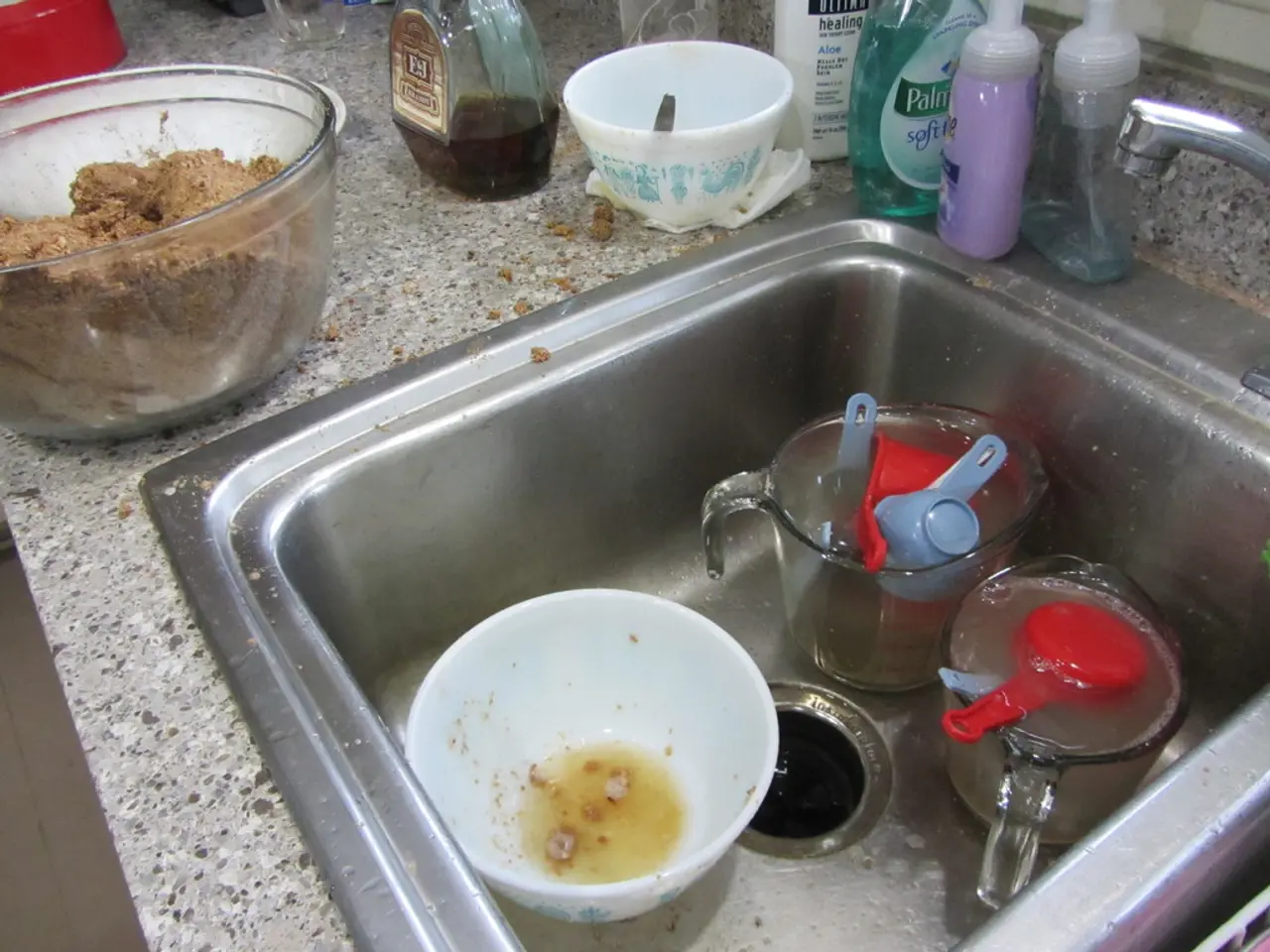Guidelines for Safe Tampon Use to Prevent Menstrual Toxic Shock Syndrome
Menstrual Toxic Shock Syndrome (TSS) is a rare, yet potentially life-threatening illness that can be associated with the use of menstrual products like tampons. Understanding the causes and prevention methods is crucial for maintaining good menstrual health.
TSS occurs due to hormonal changes before menstruation that affect the lactobacilli balance in the vagina, promoting the growth of Staphylococcus aureus and its toxin production. This bacterium is a key factor in TSS, and its presence can be exacerbated by the use of tampons, especially when they are left in for extended periods.
To minimize the risk of TSS, it is recommended to follow several safety guidelines:
- Use the lowest absorbency tampon necessary for your menstrual flow. This helps avoid excessive retention of blood, which can promote bacterial growth.
- Change tampons regularly, at least every 4 to 8 hours, to minimize the time bacteria can proliferate.
- Avoid using tampons overnight or for periods longer than 8 hours, as longer use increases the risk of TSS.
- Consider alternating between tampons and pads, especially overnight, for extra safety and hygiene.
- Follow the directions on the tampon package carefully, and maintain good menstrual hygiene in general.
- Be aware of TSS symptoms—such as sudden high fever, vomiting, diarrhea, dizziness, or rash resembling sunburn—and if these occur, remove the tampon immediately and seek medical attention.
- If you have had TSS before, avoid using tampons or barrier contraceptives, as these increase your risk.
Tampons are regulated by government regulatory bodies such as the Medicines and Healthcare products Regulatory Agency (MHRA) in the United Kingdom and the U.S. Food and Drug Administration (FDA) in the United States of America. It is important to note that sustainable, reusable tampons are not regulated by the FDA.
Additionally, the FDA discourages the use of reusable tampons as they have additional risks of microbial infections. Reading the leaflet in the tampon pack carefully is also important for safe tampon use.
It is essential to be aware that TSS can also occur due to non-menstrual factors, such as cuts on the skin, weakened immune systems, and post-surgical infections. When choosing a tampon, consider the menstrual flow type and the absorbency label on the tampon pack to help choose the right tampon.
By following these guidelines, you can significantly lower the risk of menstrual TSS and ensure a safer, healthier menstrual experience. Educational programs designed for adolescents by health professionals are also important to prevent menstrual TSS.
- Science has identified Staphylococcus aureus as a key factor in Menstrual Toxic Shock Syndrome (TSS), a potentially life-threatening illness associated with menstrual product use.
- In the health library, one can find information on the risk factors and prevention methods of TSS, including guidelines like using the right absorbency tampon, changing them regularly, and avoiding overnight use.
- Women's health is not just about menstruation; it extends to overall health and wellness. It's essential to be aware of TSS symptoms, even when they occur due to non-menstrual factors like cuts on the skin or post-surgical infections.




